Clean baseboards are a commonly overlooked and considered task that is often perceived as a tedious household chore.
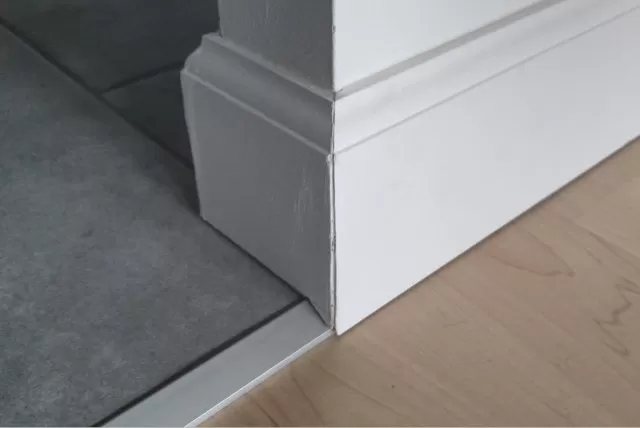
Cleaning baseboards is a commonly overlooked task that is often perceived as a tedious chore.
However, maintaining clean baseboards free from dust, hair, and splatters can significantly enhance the overall appearance of any room. It is recommended to dust baseboards in high-traffic areas like the entryway, kitchen, and bathroom weekly, while baseboards in less frequently used rooms can be cleaned monthly.
When cleaning baseboards, it is important to follow two general rules of order.
First, dry dust the baseboards, and then, if necessary, perform a damp cleaning. It is always advised to clean the room first, then move on to cleaning the baseboards, and finally, vacuuming, mopping, or sweeping the floors.
There are various effective methods to clean baseboards, and the choice depends on your home’s needs and your preferred cleaning style.
All of the methods described in this guide are effective, and the best way to determine the right method for you is through trial and error. It’s similar to the “Goldilocks approach” to baseboard cleaning, where different methods work better for different individuals.
While vacuuming the baseboards may feel uncomfortable for some, it might be the perfect method for others.
By adhering to these guidelines and experimenting with different cleaning methods, you can successfully maintain clean baseboards that contribute to a tidy and appealing environment in your home.
Remove Dust and Dirt from Baseboards
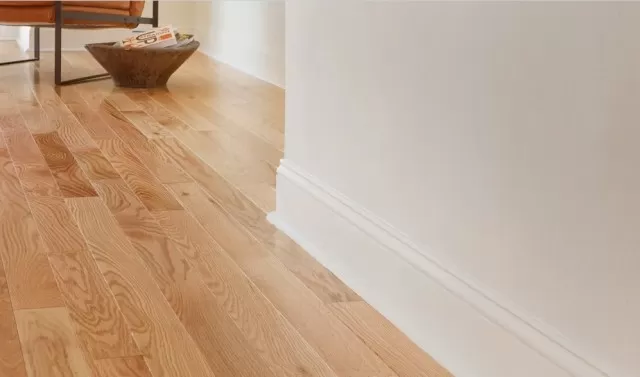
Dust Baseboards with Microfiber
Microfiber cloths and dusters utilize static electricity to effectively capture more particles than other types of cleaning cloths.
This makes them perfect for cleaning baseboards where dust, hair, and other environmental debris tend to accumulate. When used dry, microfiber cloths or dusters easily pick up dust, and when used damp, they can remove splatters and scuffs.
Vacuum Dust from Baseboards
Incorporates baseboard dusting into your regular vacuuming routine by utilizing the attachments of your Vacuum Cleaner.
Most vacuums come with a soft brush attachment specifically designed for dusting hard surfaces without causing any scratches. If your vacuum doesn’t have this attachment, you can purchase one separately.
Use a Broom to Sweep Baseboards
Both short- and long-handled brooms can be used to effectively sweep baseboards and keep them clean.
Additionally, a clean paintbrush can be utilized to dust and perform detailed work on baseboards.
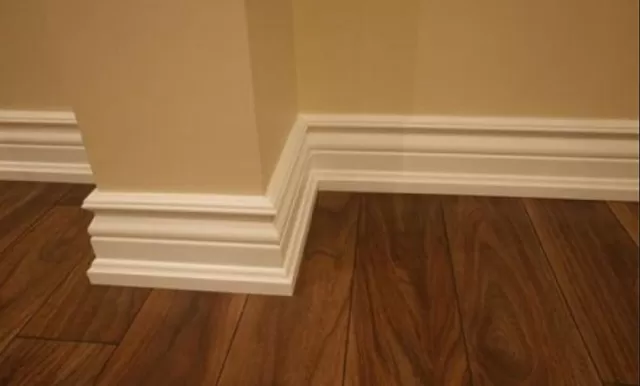
Choose a Telescoping Tool for Dusting
Long-handled dusters, brooms, and wet or dry mops are ideal tools for dusting baseboards without the need to bend over.
Alternatively, you can create your own telescoping dusting tool by securing a dry or damp microfiber cloth over the bristles of a broom using a rubber band.
Dust with dryer sheets
Using dryer sheets for dusting baseboards is a popular technique with some scientific backing.
Dryer sheets effectively pick up dust and hair while leaving a thin layer of anti-static residue that helps repel dust, keeping the baseboards cleaner for a longer period.
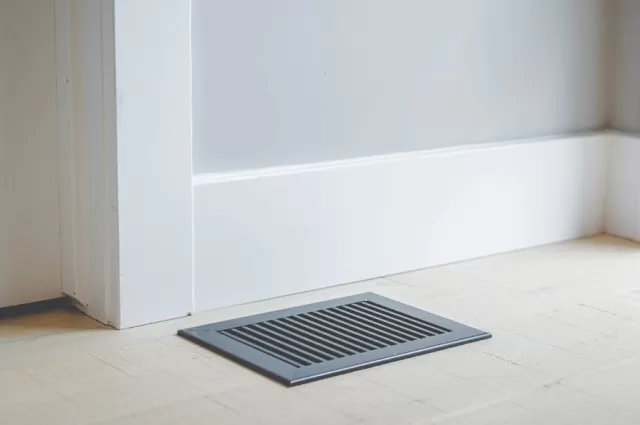
Make a DIY Dust Cleaner
DIY dust cleaners work similarly to dryer sheets by leaving an anti-dust residue on baseboards.
There are different variations to choose from, such as a mixture of one part liquid fabric softener to five parts water, or a combination of 1 tablespoon each of cooking oil (e.g., olive or canola oil) and White Vinegar with 1 cup of water.
Degrease Kitchen Baseboards
In the kitchen, baseboards often require more thorough cleaning due to food splatters, spills, and the sticky film caused by airborne cooking particles.
To address this buildup, use a degreaser that can penetrate and break down the residue.
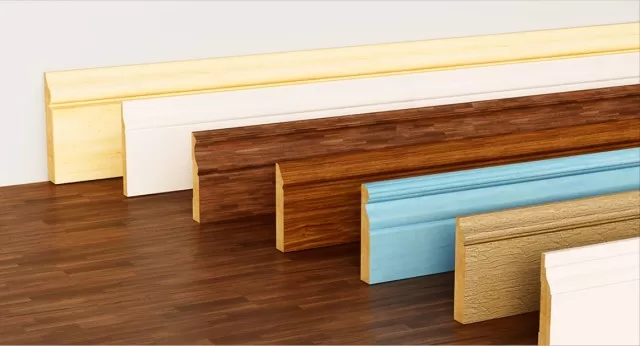
Deep Clean Entryway and Mudroom Baseboards
Clean Baseboards in entryways and mudrooms tend to accumulate more dirt, mud, and debris tracked in from outside.
To deep clean these areas, use a solution of warm water and Dish Soap to wipe down muddy baseboards. For stubborn stains and scuff marks, melamine sponges can be effective.
Deep Clean Corners and Grooves
To clean baseboards, tight spaces such as corners or grooves where dirt, dust, hair, and debris tend to collect, utilize cotton swabs.
For caked-on, or deeply embedded dust and dirt, canned air or a power duster can help dislodge them effectively.
By following these methods, you can successfully clean baseboards and ensure they remain free from dust, dirt, and other unwanted particles.
*The information is for reference only.